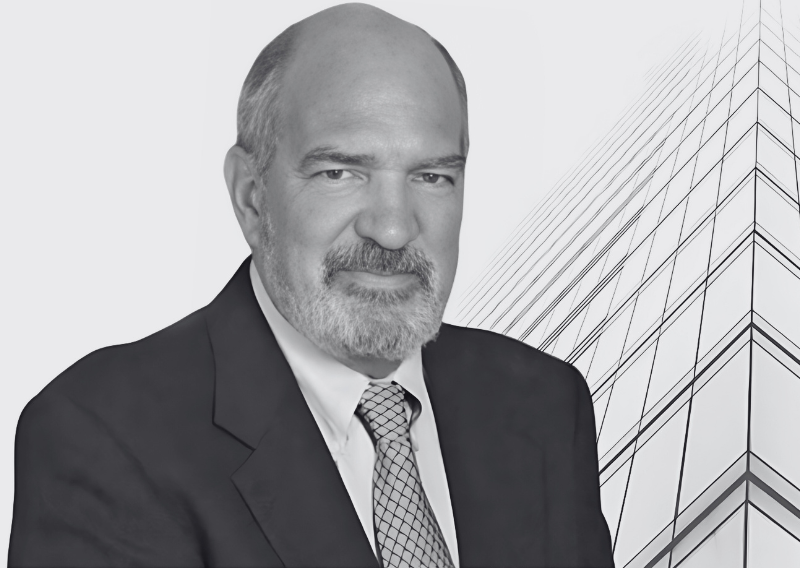As I reported on Tuesday, I made my recent article, “The Perfect Crime” public, in which I spelled out the reasons why I believed JPMorgan had, since May 2011, amassed upwards of 300 million oz of physical silver, including as many as 70 million oz of Silver Eagles, or half the amount produced by the US Mint since April 2011. I was careful to note that I had “yet” to notice any response to the publication. As it turned out, a response was soon forthcoming in which one of my contentions (the one about Silver Eagles) was disputed. http://www.silverseek.com/commentary/market-data-proves-overwhelming-public-demand-silver-eagles%E2%80%A6-not-jp-morgan-13951
First off, I appreciate the non-personal tone that the author (Steve St. Angelo) took in the article, particularly his acknowledgement (as he has on past occasions) that he got interested in silver years ago after reading my articles. And I was gratified with him for writing his critique, as the worst thing that could happen to any commentator is to have his analysis ignored. Disagree if you must, just don’t ignore. And I can’t help but feel that the disagreement was rooted mainly in the fact that what I speculated about was so at odds with Steve’s preconceived notion of who was buying so many Silver Eagles that it was a knee jerk rejection on his part, as opposed to a genuine factual rebuttal. I say this because I saw no real proof provided that JPMorgan wasn’t the big buyer, just a flashy headline announcing “proof.”
However, I was disappointed that he focused exclusively on the issue of Silver Eagles (which comprised only about 20% of the physical silver I claim JPMorgan has acquired) and ignored the other evidence I presented – the counterintuitive SLV metal flows, the unprecedented COMEX silver warehouse movements which began in April 2011, the opening of JPM’s COMEX warehouse in May 2011 and now the largest COMEX silver warehouse, the movement of 100 million oz of silver from JPM’s warehouse to Brinks in London in 2012 in order to make room for JPM to store their own silver, etc. Regular readers know that I have solicited comments on these topics and others and I will re-extend the invitation to Steve for further comment. I suppose I’ll have to make this segment public in the near future, as Steve is not a subscriber (although he probably should be). For now, I’ll just deal with his contentions on the Silver Eagle issue.
Certainly there is no disagreement that just over 44 million oz of Silver Eagles were sold in 2014 and 140 million since April 2011. The only disagreement is in the composition of the buyers. I happen to agree with Steve that it was broad public demand that drove sales of Silver Eagles (and Maples and Philharmonics) up to and including early 2011 for the simple reason that the public tends to buy investment assets on rising prices, be those assets stocks, bonds, real estate or precious metals. Collectively, the public gains confidence and reinforcement as asset prices rise, even as those assets may get overpriced.
However, the converse of that is also true in that the public doesn’t normally buy investment assets on falling prices. As it turned out, silver prices have been falling since May 2011, so the conventional wisdom would hold that as collective confidence erodes and negative reinforcement takes hold, broad retail buying dissipates. Steve does agree with me that there has been a marked disparity between very strong Silver Eagle sales vs weak Gold Eagle sales and goes one step further in stating that the same disparity exists between Silver and Gold Maple Leafs, yet he offers no explanation for why this is so. To me, the most plausible reason is the presence of a big buyer in silver coins, whether those coins are Silver Eagles, Maple Leafs or Philharmonics.
The main “proof” that Steve advances for there being strong public demand for Silver Eagles is feedback from three retail coin dealers, consisting mostly of contact these dealers have with the authorized distributors for the US Mint which serve as suppliers and not hard sales data. I’ve done this as well with very different results. I don’t want to get into a dealer versus dealer debate because I’ve long disclosed I consult for Investment Rarities, Inc., and avoid like the plague badmouthing any dealer. I would point out that only two of the dealers Steve mentions are included in this fairly objective list of dealers and those two have not been in business as long as most dealers on the list. http://www.bulliondealerdata.com/
Based upon Steve’s own words, he seems upset with the idea that there might be a big buyer of Silver Eagles because it doesn’t give “credit” to the public buying the coins. I understand that sentiment, but not to the extent it distorts analysis. Let me give you some additional facts that support my big buyer premise.
As I’ve written previously, on the three dollar silver rally that started in early June, sales of Silver Eagles fell off dramatically to a rate of only 2 million oz a month, the lowest rate of the year. Yet this is precisely when retail sales should have been expanding and always had expanded in the past. I do believe the public was buying at that time but that what accounted for the sharp falloff in overall demand was the big buyer stepping aside. I further concluded that because JPMorgan had greatly expanded its concentrated COMEX silver short position it was highly likely that it stepped away from buying Silver Eagles until silver prices fell; which is exactly what occurred. I even put a price tag on it, claiming that JPMorgan saved about $15 million by stepping aside from buying Eagles until it had succeeded in manipulating silver prices lower on the COMEX, in turn cheating not just the US Mint, but US taxpayers.
My point is that because of JPMorgan’s price manipulation in the summer, we got to witness something else entirely - the true level of demand for Silver Eagles by the retail public emerged only after JPMorgan stepped away from buying. As it turns out, the base level of retail demand, 2 million oz per month or 24 million coins annually, leaves JPMorgan (or whoever the big buyer is) at buying 20 million Silver Eagles this year, the amount I’ve estimated. And if I’m correct that retail buying accounted for 24 million of the 44 million coins sold this year that is still a very healthy amount, particularly when compared to sales of Gold Eagles. In fact, with a little over 524,000 Gold Eagles sold in 2014, 24 million Silver Eagles would still be way above historical relative levels of Silver vs. Gold Eagle sales. The most plausible explanation for why such an extraordinary number of Silver Eagles were sold this year relative to Gold Eagles is the presence of a big silver buyer. http://www.usmint.gov/about_the_mint/index.cfm?action=PreciousMetals&type=bullion
The year 2014 also saw the demise of two large retail coin dealers, Tulving and Merit Gold and Silver. Tulving was perhaps the largest Internet retail coin dealer (because it offered prices that turned out to be too low) and it is thought that $20 million or more may have been lost by customers left hanging by its sudden bankruptcy. Generally, even unscrupulous coin dealers can stay afloat in a strong retail buying environment and most often meet their demise when retail demand is soft. The fact that at least two “name” dealers bit the dust in 2014 would seem to confirm an overall weak retail demand environment, not at all supporting the contention that broad retail demand explains completely the record amount of Silver Eagles sold.
Finally, I have a fairly decent subscriber base and while I haven’t formally canvassed that base, I do get feedback. My take is that a few are buying silver and Silver Eagles, with fewer still selling and the vast majority sitting pat. I don’t get the sense at all that subscribers are plowing into Silver Eagles with the reckless abandon suggested if the record sales reported by the Mint were exclusively retail demand. In fact, I remember a recent article by a coin dealer saying that one shouldn’t purchase Silver Eagles. I don’t agree with that but that also points to someone other than the public behind the record sales.
I think it’s constructive that this critique/debate has occurred, but Silver Eagles only account for a small slice of what I allege JPMorgan has acquired in terms of physical silver. I am not convinced in the least by the above disagreement and I am still disappointed that no one has stepped forward to rebut my more important evidence. Certainly, if JPMorgan has acquired the amount of physical silver I’ve claimed, it’s no small matter.
This was an excerpt from a recent weekly review for subscribers. Please go to www.butlerresearch.com for more info
Ted Butler
January 6, 2015


